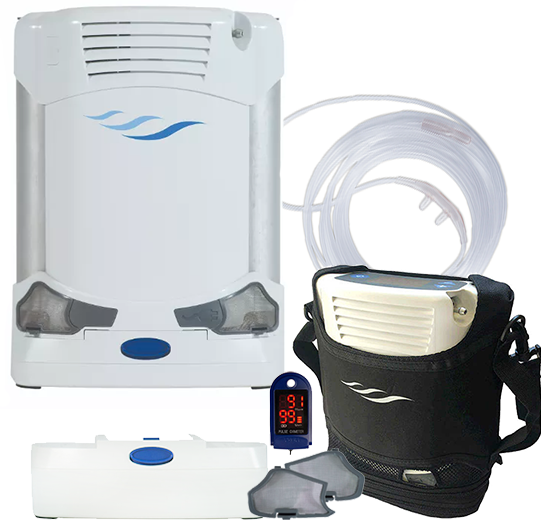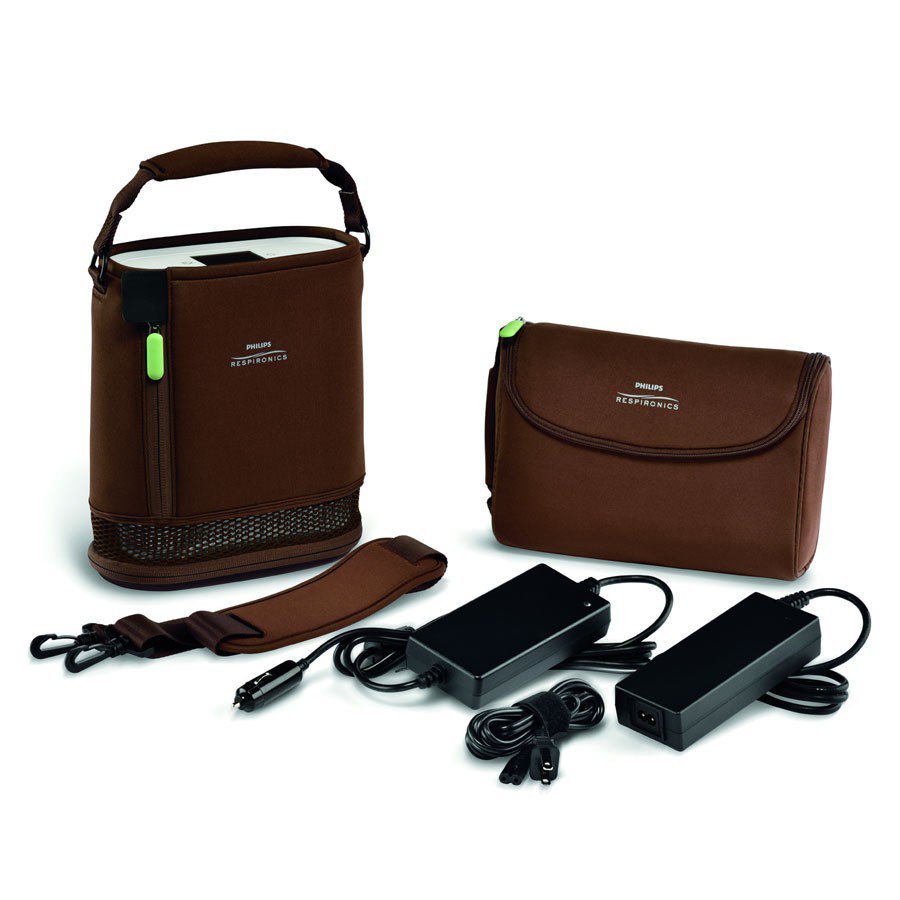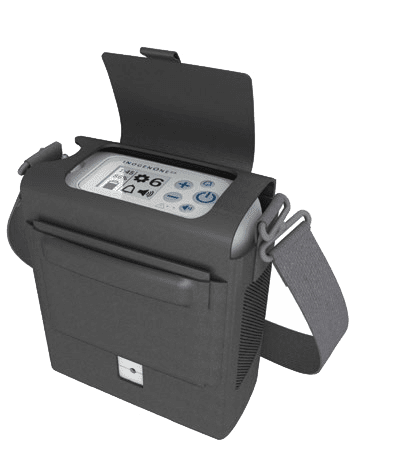Portable Oxygen Concentrators Fundamentals Explained
Table of ContentsPortable Oxygen Concentrators Things To Know Before You Get ThisFascination About Portable Oxygen ConcentratorsPortable Oxygen Concentrators Things To Know Before You BuyWhat Does Portable Oxygen Concentrators Do?
Fixed oxygen concentrators were when the criterion, but these tanks can consider 50 extra pounds and were very troublesome (Portable Oxygen Concentrators). Currently, mobile oxygen concentrators do the job, and they can suit a handbag or bag! The only point you ought to bear in mind is that mobile concentrators have much more restricted oxygen delivery capacitiesThere are 2 major kinds of mobile oxygen concentrators: pulse dose and continuous flow. As the name recommends, pulse dose concentrators give oxygen intermittently, just activating when you breathe in. This kind of gadget is generally recommended for COPD patients with restricted oxygen demands, as the amount of O2 that a pulse dosage concentrator can deliver is relatively reduced.
This device can supply up to 3,000 m, L of oxygen every min, while pulse dose tools often tend to top out at 1250 m, L. Continual flow gadgets are the go-to for most COPD individuals, as they're perfect for individuals who require 2 to 5 litres of oxygen a min.
Now that you have this guide to the different types of mobile oxygen makers, choose the ideal tool with the help of your medical professional. You can discover our blogs to read more regarding the kinds of portable oxygen available and our other items, like tubes and cannulas. Or you can call us directly with any type of specific concerns you might have.
Portable Oxygen Concentrators Things To Know Before You Get This
We are aware Americans make use of domestic versions in home treatment scenarios. We questioned exactly how well these mobile oxygen concentrators would certainly operate in healthcare facilities. POC concentrators raise the proportion of oxygen in ambient air people inhale, whenever they need a boost. Private-use ones are little sufficient to carry about, and may assist stay clear of the need to check out stuffed facilities and hospitals.
When it comes to portable oxygen treatment, there are 2 primary options for delivery. These are mobile oxygen cyndrical tubes which contain pressed oxygen gas, or oxygen concentrators, which utilize a battery powered system to press and filter air, in order to develop a regular supply of concentrated oxygen. In this blog post, AMS Compound Cylinders Technical Supervisor, Tony Morrin, contrasts both, checking out the pros and disadvantages of each oxygen shipment system for NHS medical oxygen customers in terms of individual autonomy.

Mobile Oxygen Concentrator Oxygen pureness is consistently higher when supplied from cyndrical tubes it never goes down listed below 99. Whilst oxygen concentrators can be useful for individuals that need a reduced circulation of oxygen, cylinders give greater concentrations that can be more suitable for people with high flow demands.
Portable Oxygen Concentrators for Beginners
Both systems need the person to bring around devices. For cylinders, this will include lugging a bag (and occasionally a cart) and for portable oxygen concentrators this will certainly include the bag, cart and power charger. Weight sensible, portable oxygen concentrators can be equivalent in weight, or occasionally, lighter than traditional aluminium cyndrical tube systems.
They will certainly need to boost considerably see this page if they are to offer the same level of efficiency as similar composite cyndrical tubes. Oxygen always carries a security risk. On one hand, should cylinders spring a leak, they can create an oxygen rich environment that can result in a rise in fire danger.

The difference is that there are considerable upfront expenses to buying a portable oxygen concentrator, but reduced running costs making use of cylinders enables the purchaser to spread out the cost over a prolonged time period. One small downside of a portable oxygen concentrator is the sound mobile systems make a significant amount of sound during procedure, which lots of individuals discover distracting.
9 Easy Facts About Portable Oxygen Concentrators Explained

Our high-quality carbon composite cyndrical tubes offer high stress (300 Bar), reduced weight, and NLL (Non-Limited Life) efficiency, and are accredited for usage worldwide. Further info regarding AMS Compound Cylinders Ltd can be discovered at .
Oxygen concentrators are designed with customer wheelchair in mind. Whether it's a desktop version for home usage or a smaller, lightweight model for on-the-go, these gadgets allow clients to relocate freely without being connected to a stationary unit. Particularly for the ones particularly designed for mobility, patients can bring them around, assisting in travel and day-to-day tasks with convenience.
One of the significant comforts of making use of an oxygen concentrator is the elimination of the regular demand to replenish oxygen containers. This not only reduces the logistical challenges and frequent expenses connected with refills however also ensures that the customer has a much more foreseeable and steady resource of oxygen. Oxygen concentrators are developed to fit perfectly into the home environment.